| Brief History of Brompton Churches | The Tower |
|---|---|
| The Saxon Crosses | The Cock Shaft |
| The Wheel Head Crosses | The Hogback Stones |
| Early Developments | John Kettlewell and Restoration |
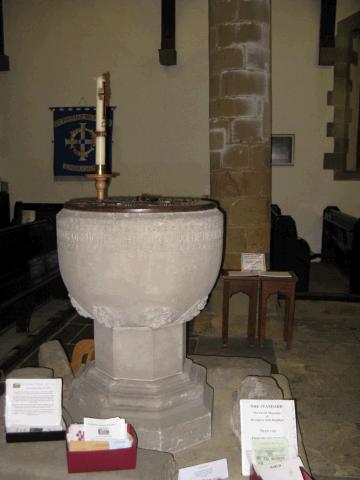 |
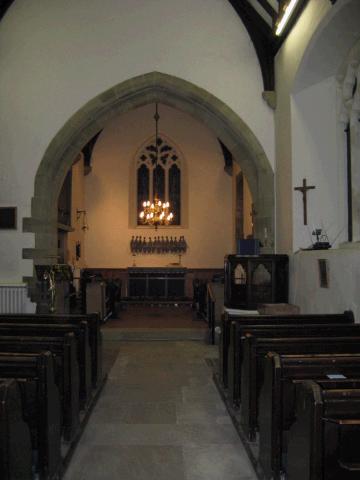 |
|
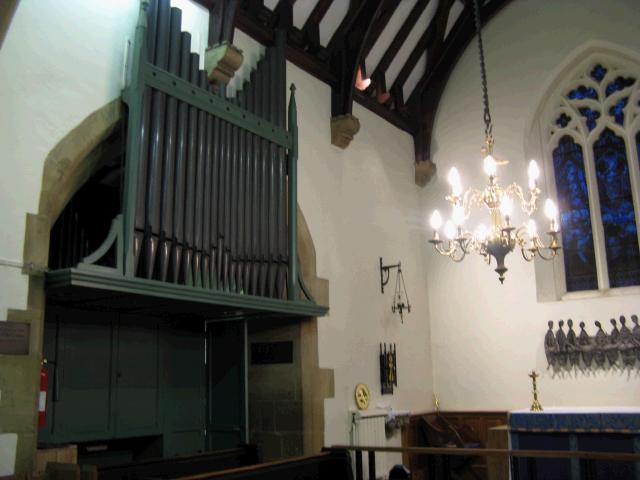 |
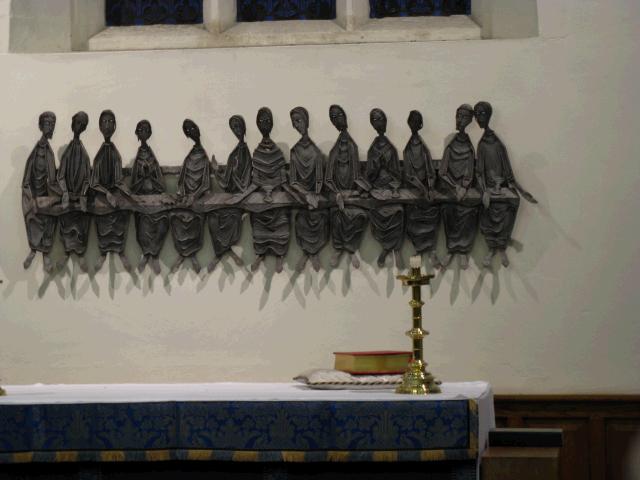 |
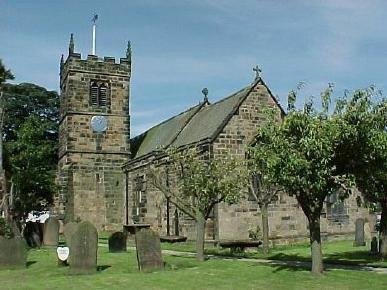 |
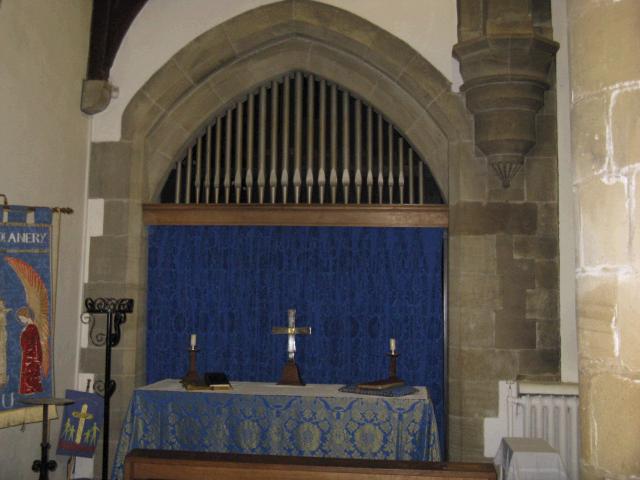 |
The Methodist Church and St. Thomas' Church,
|
||||
|---|---|---|---|---|
| Home | St Thomas' Information |
How to find the churches |
Methodist Information |
Songs of Praise at The Orchards |
| Mothers & Others | Sunday School |
Youth Fellowship (B.E.Y.F.) |
Brompton Fellowship | Mothers' Union |
| Photographs |
Events and Service Times |
- | - | Links to others in Brompton |
|
||||
Brompton is an ancient settlement and appeared in the Doomsday Book as ‘Brunton’ listed under the lands of
the Bishop of Durham and valued at 40 shillings. This low figure is indicative of the effects of William
the Conqueror’s policy of laying waste to the whole of the north of Britain. In 1138 the Battle of the
Standard was fought in Brompton Parish on the north side of the village. The conflict was between King
David of Scotland and King Stephen of England and resulted in an overwhelming victory for the English forces
commanded by Archbishop Thurstan of York. The bodies of thousand of Scots are believed to be buried in
the area known as Scots Pit Lane while local place names commemorate the battle, e.g. Red Hills and Standard
Hill Farm. Among the barons who rallied their private armies to help Thurstan was one, Robert de Ferrers,
whose coat of arms was three horse shoes, hence the name of one of the oldest inns in the village.
Others who raised troops were de Bruce and de Gaunt who are remembered to this day in local street names.
A church has stood on the village green for at least one thousand years. Prior to churches being
built, itinerant priests baptised believers in rivers, as did Saint Paulinus in the River Swale at Topcliffe.
Wooden crosses were placed where they preached and later these crosses were made of stone.
Three fine examples of stone crosses were found in the chancel foundations of Brompton church during the major
restoration of 1867 and are on display in church. They are believed to date from the ninth century. The other
major find was the famous Hogback Stones, which are Danish in origin and were originally used as grave covers.
Five of these stones are kept at Saint Thomas’ and others in Durham Cathedral. In 1386 the church in Brompton
became attached to the parish church in Northallerton and served as a chapel as ease. It wasn’t until 1843 that
Saint Thomas’ became a separate church again, its living being in the gift of the Dean and Chapter of Durham.
Early records show that linen weaving was carried on in the village as a cottage industry as early as 1728.
At that time, women did the spinning and the men did the weaving on handlooms in small ‘shops’ behind the
cottages. The finished yarn was then sold on to ‘manufacturers’. By the early nineteenth century the
industry was well established and Baines Directory of 1823 lists eight manufacturers and states that ‘here is
considerable manufactory of linen cloth in which there are upwards of 300 weavers employed’. With the coming
of the railway in the middle of the nineteenth century, which meant easier transportation of raw materials
in and finished goods out, two factories were built alongside the railway line. The mills were owned by
William and John Pattison and John Wilford and Sons. Brompton linen became famous the world over and even
won medals at the Great Exhibition of 1851. The village saw considerable development at this time with a large
increase in population and was a self-sufficient unit with at least twenty shops and six public houses.
John Wesley travelled around the North East between 1745 and 1784. His last recorded visit was to Osmotherley
on June 15 1784. About this time a small meeting class existed in Brompton led by Roger Langdale, a weaver
who became a local preacher. These meetings were held in a weaver’s cottage near the present Methodist Church.
This was the beginning of Methodism in Brompton. The first chapel was built overlooking the green in 1794
and as Methodism grew a larger chapel was built on the site in 1817 seating 400 people. In 1820, the Primitive
Methodist Chapel was built on Cockpit Hill. After more than 150 years the two churches joined together to convert
the Wesley Sunday School into what is now the Methodist Church in Brompton. This was opened at 3.30 p.m. on 20th
June 1970 by Mrs. L. Sunter of Northallerton and the preacher was Rev’d Peter A. Kerridge, Chairman of York and
Hull Methodist District.
| Brief History of Brompton Churches | The Tower |
|---|---|
| The Saxon Crosses | The Cock Shaft |
| The Wheel Head Crosses | The Hogback Stones |
| Early Developments | John Kettlewell and Restoration |
 |
 |
|
 |
 |
 |
 |